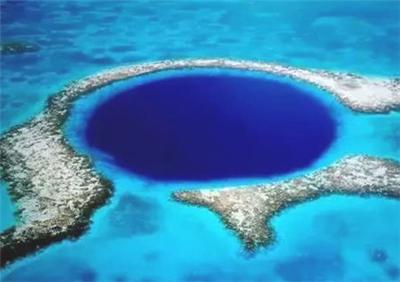his brings us without any break to the consideration of veridicalapparitions and hallucinations and finally to haunted houses. We all knowthat the phantasms of the living and the dead have now a whole literatureof their own. a literature which owes its birth to the numerous andconscientious enquiries conducted in England, France, Belgium and theUnited States at the instance of the Society for Psychical Research. In thepresence of the mass of evidence collected, it would be absurd to persist indenying the reality of the phenomena themselves. It is by this timeincontestable that a violent or deep emotion can be transmittednstantaneously from one mind to another. however great the distance thatseparates the mind experiencing the emotion from the mind receiving thecommunication. It is most often manifested by a visual hallucination, morerarely by an auditory hallucination; and, as the most violent emotionwhich man can undergo is that which grips and overwhelms him at theapproach or at the very moment of death, it is nearly always this supreemotion which he sends forth and directs with incredible precision throughspace, if necessary across seas and continents, towards an invisible anmoving goal. Again, though this occurs less frequently, a grave danger, aserious crisis can beget and transmit to a distance a similar hallucinationThis is what the s. P. R. calls " phantasms of the living. When thehallucination takes place some time after the decease of the person whomit seems to evoke, be the interval long or short, it is classed among thephantasms of the dead.The latter, the so-called "phantasms of the dead, are the rarest As FW. H. Myers pointed out in his Human Personality, a consideration of theproportionate number of apparitions observed at various periods beforeand after death shows that they increase very rapidly for the few hourswhich precede death and decrease gradually during the hours and dayswhich follow, while after about a year's time they become extremely rareand exceptiona

However exceptional they may be, these apparitions nevertheless existand are proved, as far as any thing can be proved, by abundant testimonyof a very precise character. Instances will be found in the Proceedings.notably in vol. Vi, pp. 13-65, etcWhether it be a case of the living, the dying, or the dead, we arefamiliar with the usual form which these hallucinations take. Indeed theirmain outlines hardly ever vary. Some one, in his bedroom, in the street, ona journey, no matter where, suddenly see plainly and clearly the phantomof a relation or a friend of whom he was not thinking at the time andwhom he knows to be thousands of miles away, in America, Asia or Africaas the case may be, for distance does not count. As a rule, the phantomsays nothing: its presence, which is always brief, is but a sort of silentwarning. Sometimes it seems a prey to futile and trivial anxieties. Morerarely, it speaks, though saying but little after all. More rarely still, itreveals something that has happened, a crime, a hidden treasure of whichno one else could know But we will retum to these matters aftercompleting this brief enumeration.
The phenomenon of haunted houses resembles that of the phantasmsof the dead, except that here the ghost clings to the residence, the house,the building and in no way to the persons who inhabit it. By the secondyear of its existence, that is to say, 1884, the Committee on HauntedHouses of the S. P.R had selected and made an analysis of some sixtfive cases out of hundreds submitted to it, twenty-eight of which restedupon first-hand and superior evidence. [1] It is worthy of remark, in thefirst place, that these authentic narratives bear no relation whatever to thelegendary and sensational ghost-stories that still linger in many Englishand American magazines, especially in the Christmas numbers. Theymention no winding-sheets, coffins, skeletons, graveyards, no sulphurousflames, curses, blood-curdling groans, no clanking chains, nor any of thetime-honoured trappings that characterize this rather feeble literature ofthe supermatural. On the contrary, the scenes enacted in houses that appearto be really haunted are generally very simple and insignificant, not to saydull and commonplace. The ghosts are quite unpretentious and go to noexpense in the matter of staging or costume. They are clad as they werewhen, sometimes many years ago, they led their quiet, unadventurous lifewithin their own home. We find in one case an old woman, with a thingrey shawl meekly folded over her breast, who bends at night over thesleeping occupants of her old home, or who is frequently encountered inthe hall or on the stairs, silent, mysterious, a little grim Or else it is thegentleman with a lacklustre eye and a figured dressing-gown who walkalong a passage brilliantly illuminated with an inexplicable light. Or againwe have another elderly lady, dressed in black, who is often found seatedin the bay window of her drawing-room. When spoken to, she rises andseems on the point of replying, but says nothing. When pursued or met na comer, she eludes all contact and vanishes. Strings are fastened acrossthe staircase with glue, she passes and the strings remain as they were. Theghost-and this happens in the majority of cases--is seen by all the peoplestaying in the house: relatives, friends, old servants and new. Can it be amatter of suggestion, of collective hallucination? At any rate, strangersvisitors who have had nothing said to them, see it as the others do and askinnocently: "Who is the lady in mourning whom I met in the dining-room?[1] Proceedings, vol i, pp. 101-115, vol ii, pp. 137-151: vol.311.332.etc
